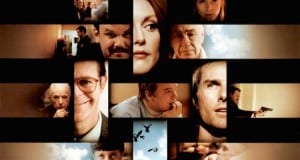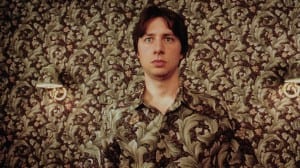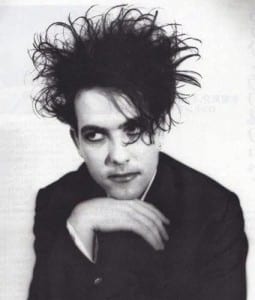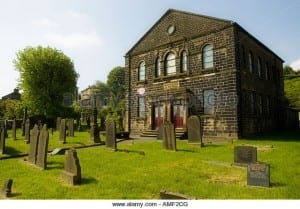After receiving positive feedback on my plot outline for my script last week within the workshop, I took the constructive comments I received (some of Rufus’ actions need to be explained fully, the story may be too little for a ten-minute length) and began to work on my step outline. Whilst working on the step outline I wanted to be able to craft the tone of the script in my head, and as I’ve decided upon a strong, clear sense of melancholy throughout the story I tried listening to music that generated such an atmosphere as I wrote. I listened to Nick Cave and The Bad Seeds’ new album ‘Skeleton Tree’ whilst writing the step outline, as it’s strong sense of loss is enough to make someone feel sick throughout many of the songs (much like Rufus feels at certain points during the script). In order to flesh out aspects of the plot I added a scene where Rufus directs a funeral for a young boy within his graveyard and is more taken by the fact that he’s jealous the boy has been able to achieve death before him (because he wishes death upon himself in order to be back with his wife). I then remembered more feedback from the plotline that I received in the fact that the question is raised as to why Rufus hasn’t just killed himself if he so desperately wants to be back with her, and although I don’t want to flat out say it within the script, I inserted two moments to establish potential reasons as to why he hasn’t left his life yet; one being that he’s the support people need when they come to the cemetery (the young boy’s mother is distraught and he remains strong for her) and two being that his ‘friend’ Death refuses to tell him whether or not the afterlife is actually a thing or not, he’s not ready to stop supporting people if it doesn’t mean he can be back with his wife.
‘Garden State’ and ‘Magnolia’ both remain great examples of melancholy in film scripts, after re-watching them both recently I went online and read through their scripts, trying to figure out how to capture the atmosphere within them. The focus on character over story, to indulge the story almost for the sake of character was something that I perhaps took away from reading them both. I like the idea of keeping some of the character’s intentions subtle too, and not fully explaining the notion that if you touch the Grim Reaper you die (the script ends with Death holding his hand out to Rufus – offering death itself and the chance to see his wife again but at the same time signifies the end of their friendship as Death doesn’t know what happens after death and has no way of knowing – it’s just his job).






